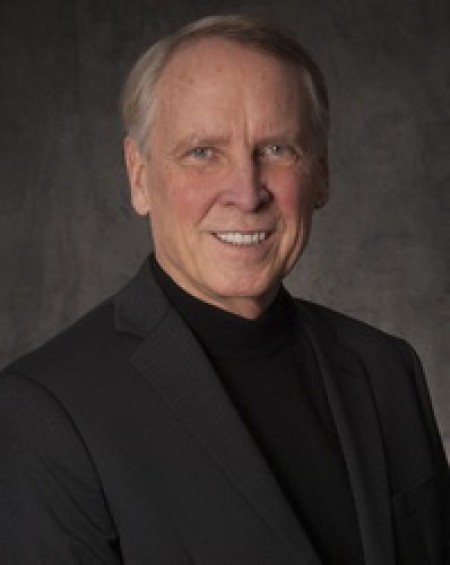
For John Clark, it wasn’t just an education. It was an adventure.
“My freshman year, I wanted to learn more about China and Japan. I’d taken Latin, ancient Greek and Spanish in high school and wanted to learn more about Asian culture and the opposite side of the world,” says Clark (BS '77, architecture; MUP '79), principal at the Chicago architectural/engineering firm of Cordogan Clark & Associates.
“I started with Chinese language taught by a very energetic professor, a course in ancient Chinese philosophy, another in ancient Chinese poetry, a course in Japanese literature; and some courses in art and painting, including one that I especially enjoyed, taught by Professor Jerry Savage, who has remained a good friend and sometime artistic collaborator to this day.
“Several of these courses had prerequisites, and one was even a graduate course, but I found that UIUC’s bureaucracy was quite flexible, the professors not at all bureaucratic, and that by talking directly with them, they gladly waived their prerequisites.
“On campus, I lived in an experimental co-educational dorm called Unit One. It had a visiting artists program, including the well-known California artist William T. Wiley, a poet and a Russian dancer. My second week there, I met my girlfriend, who was studying art.
“In Chinese class, I sat next to Ann Lum, whose family owned a chain of Chinese restaurants in Illinois. Ann told me I could get paid to teach English in Taiwan. That seemed fun so I applied, got accepted and arrived in Taiwan the summer after my freshman year to live for the next six months.
“When I arrived, my new employers looked at me and said, “Oh! You’re too young. We thought you were a graduate student. You’ll have to lie about your age.’
“Taiwan was an adventure that my freshman classes had helped prepare me for. Within a few weeks, though, I’d met an expat from the CIA at a bar in Taiwan who told me that if I continued the course I was on, I could either become an academic — and he later introduced me to a friend of his who was translating a 2,000-year-old Chinese dictionary, which seemed intensely boring — or work for the federal government and screw the culture I had been interested in, like he was doing.
“At the time, 1973, mainland China had only recently begun to ‘open’; Nixon and Kissinger had just visited the year before, and Shirley MacLaine arrived after, enthusing that there were no flies in the factories. Probably because there was simply no spare food for them to feed on.
“Learning about Asia during my freshman year and this foray in Taiwan had been great. But I decided I needed to refocus my direction. Fortunately, UIUC had plenty of directions to choose from.
“My main predilections were for art, architecture and urban planning, and UIUC had strengths in each of these. But with only a limited knowledge of each profession, each seemed to cut off other opportunities, and I had trouble choosing.
“When I returned to UIUC from Taiwan during the winter of 1973, I discussed each direction further with several professors. Professor Walter Lewis suggested we meet at a bar and discuss architecture over a beer.
“Professor Lewis taught a course on urban and community design — Building Better Communities — about new planned developments such as Radburn, Reston, Irvine and Columbia; as well as a course on construction for which he co-authored the widely recognized 1,200-page book, ‘Construction: Principles, Materials and Methods.’
“Professor Lewis had a wide range of interests that he was deeply enthusiastic about. And he explained that this is what architecture required. Architects, he said, are ‘comprehensive generalists,’ who have to be knowledgeable about urban and regional planning, landscape design, art, graphic design, architecture, structures, construction, history, mechanical electrical and plumbing engineering, sociology and computer science, among other things.
“To me, this sounded perfect: Since I was having trouble deciding where I wanted to focus, I began to realize that with architecture the focus is sufficiently broad to embrace a huge range of interests.
“Architecture accepted all my prior coursework. I took some great courses that touched on all the subjects Professor Lewis had highlighted.
“UIUC’s faculty in each discipline were profoundly dedicated, knowledgeable and caring. The curriculum provided a great liberal arts education, equipping its students to enter not only architecture but many other fields as well.
“The program gave me great initial exposure to the many things architects need to know, and an excellent foundation with which to begin my apprenticeship after graduating.”
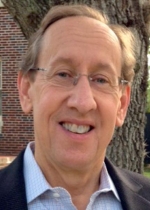

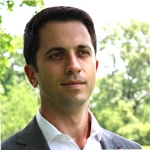
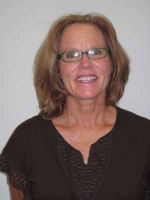

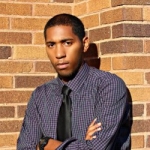
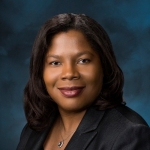
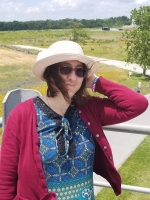

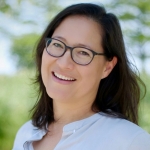
© 2025 The News-Gazette, All Rights Reserved | 201 Devonshire, Champaign, IL | 217-351-5252 | www.news-gazette.com
